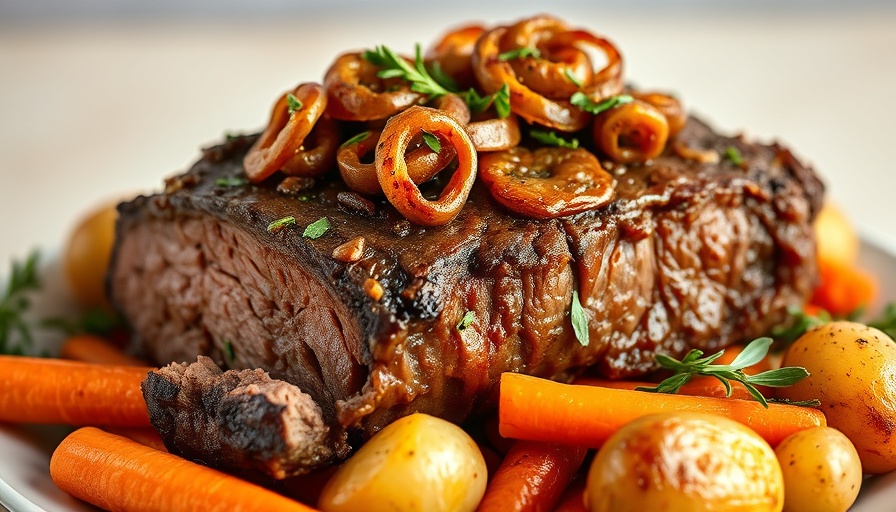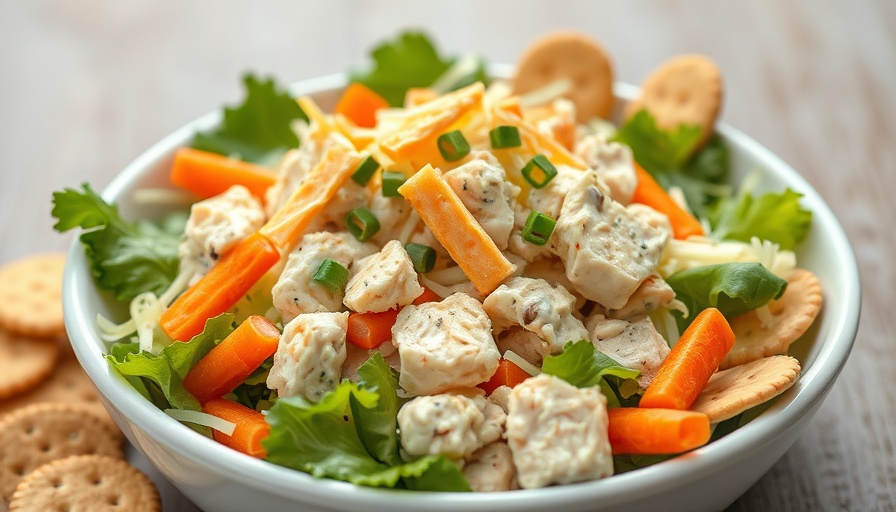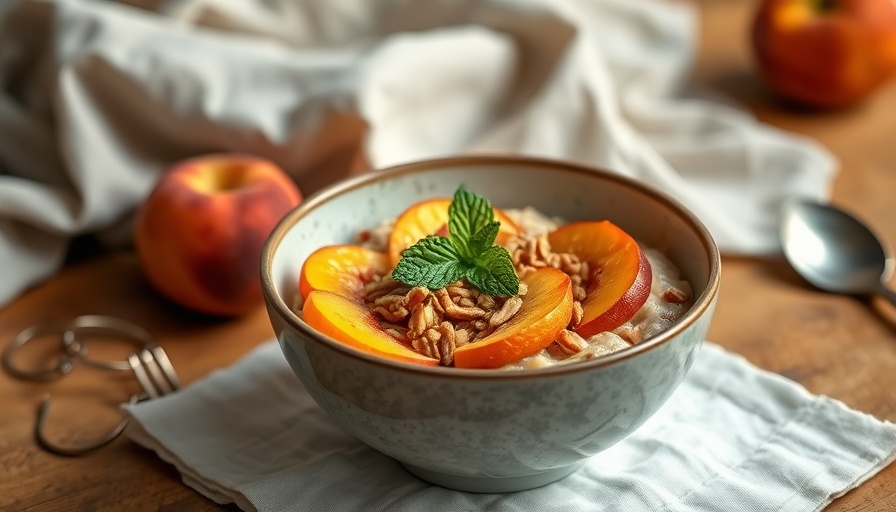
How to Prepare the Perfect Passover Brisket
If you're looking to impress your guests at your next holiday gathering, this classic Jewish brisket recipe stands out as a true showstopper. Juicy, tender, and infused with delightful flavors, it is the centerpiece that invites conversation and joy around the dinner table. Let's explore how to bring this cherished dish to life!
Exploring the Brisket: A Cut Beyond the Ordinary
Brisket is a cut of beef that derives from the lower chest or breast of a cow, recognized for its toughness due to its muscular nature. This culinary gem needs a loving touch to break down its connective tissues, transforming it into a melt-in-your-mouth experience. When slow-cooked using methods like braising or smoking, brisket becomes incredibly tender and flavorful. This makes it an essential part of Jewish cuisine, especially during meaningful celebrations such as Passover.
Ingredients You’ll Need to Savor
- Beef Brisket: The star of the show! Consider using a well-marbled cut for heightened flavor.
- Salt and Pepper: Essential for brining, helping to enhance the natural flavors.
- Paprika: Provides a smoky depth. Smoked paprika is a personal favorite.
- Sweet Onions: Two sliced onions add sweetness that balances the seasoning.
- Tomato Sauce: A comforting, rich base for the braising liquid.
Step-by-Step Instructions for Oven Roasting
Creating the perfect brisket involves several essential steps:
- Dry Brining: Use kosher salt to dry brine your brisket overnight. This step significantly enhances tenderness.
- Room Temperature: Before searing, allow the brisket to rest at room temperature—this promotes even cooking.
- Searing: Brown each side of the brisket in a Dutch oven. This forms a flavorful crust that retains moisture during cooking.
- Low and Slow Cooking: Braise the brisket slowly at a low temperature. Wait until the meat thermometer reads 130 degrees for the right doneness.
- Rest and Serve: After removing from the oven, let the brisket rest before slicing against the grain to ensure tenderness and juicy flavor.
Cultural Significance: More Than Just a Meal
In times of celebration or sorrow, food holds a significant place in Jewish culture. It is viewed as a conduit for love and connection. Sharing a table laden with familiar dishes like brisket not only uplifts the spirit but also honors tradition. As families gather during Passover, the act of preparing and sharing a brisket dish resonates deeply with the celebration of life, identity, and belonging.
Tips for Enhancing Your Brisket Recipe
To elevate your brisket recipe further, consider these additional tips:
- Flavor Variations: Experiment with ingredients like garlic or bay leaves for a unique flavor profile.
- Slow Cooker or Instant Pot: For convenience, consider adapting this recipe for a slow cooker or Instant Pot, ensuring that time constraints will never prevent you from enjoying brisket.
- Accompaniments: Pair your brisket with traditional sides such as matzo ball soup or latkes for a complete festive experience.
Common Questions About Brisket
As you embark on your brisket-making journey, you may have some questions:
- How long should I cook brisket? Cooking time varies based on cut size, but generally, a low and slow approach allows for optimum flavor extraction.
- Can I use frozen brisket? Yes! Just remember to thaw it completely in the refrigerator before cooking.
Your Journey to Brisket Brilliance
Cooking brisket is about more than the food—it’s about creating memories, sharing stories, and expressing love through culinary art. With each slice, you’re not just serving a dish, you’re offering a piece of heritage that unites your family and friends. Enjoy this rewarded journey through the flavors of tradition!
As you prepare for your next gathering, consider the role that dishes like brisket play not just in nourishing the body but in feeding the soul. Embrace these culinary traditions and experiment with recipes passed down through generations. Here’s to many joyful meals shared and new traditions created!
 Add Row
Add Row  Add
Add 




Write A Comment